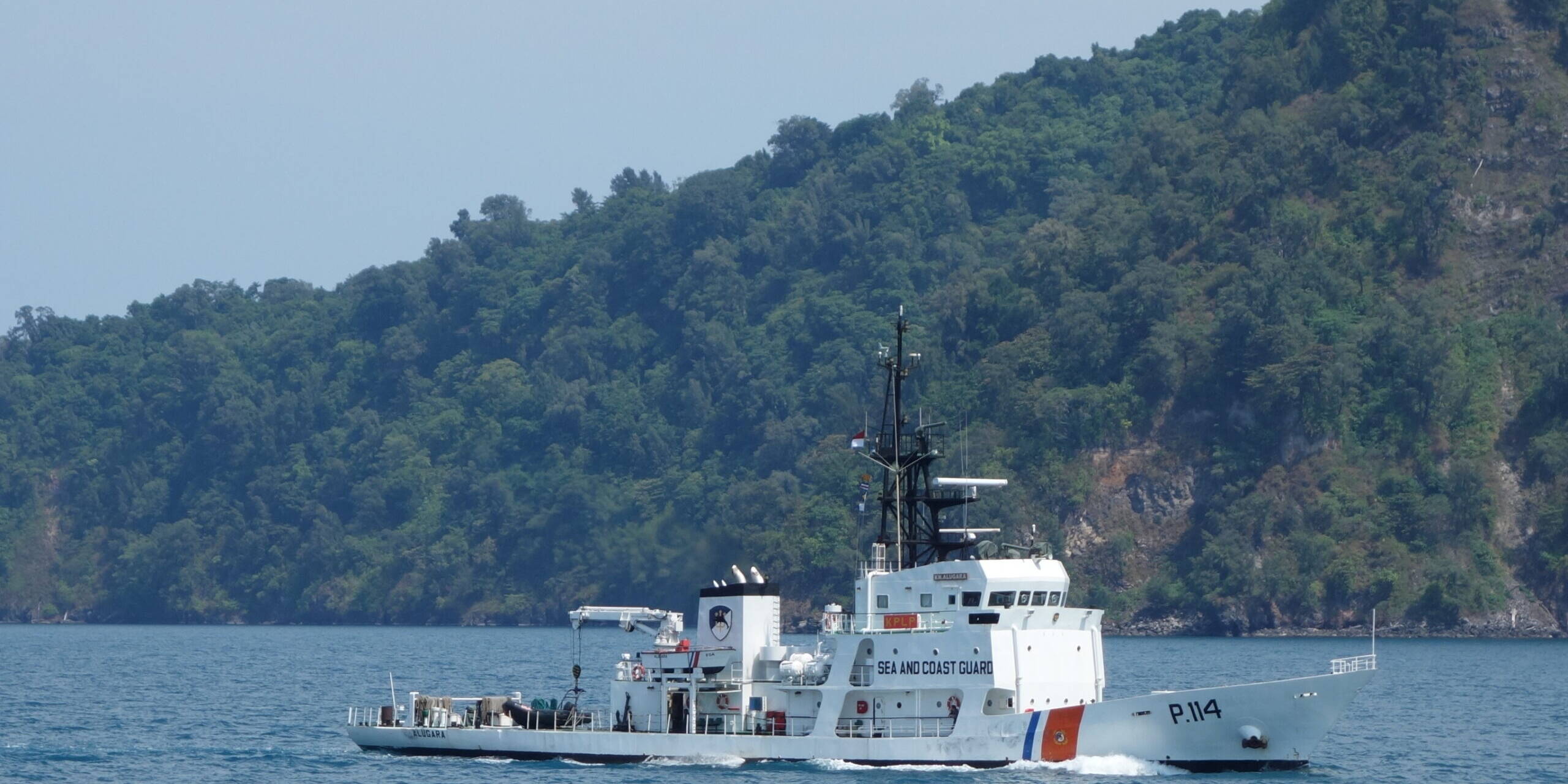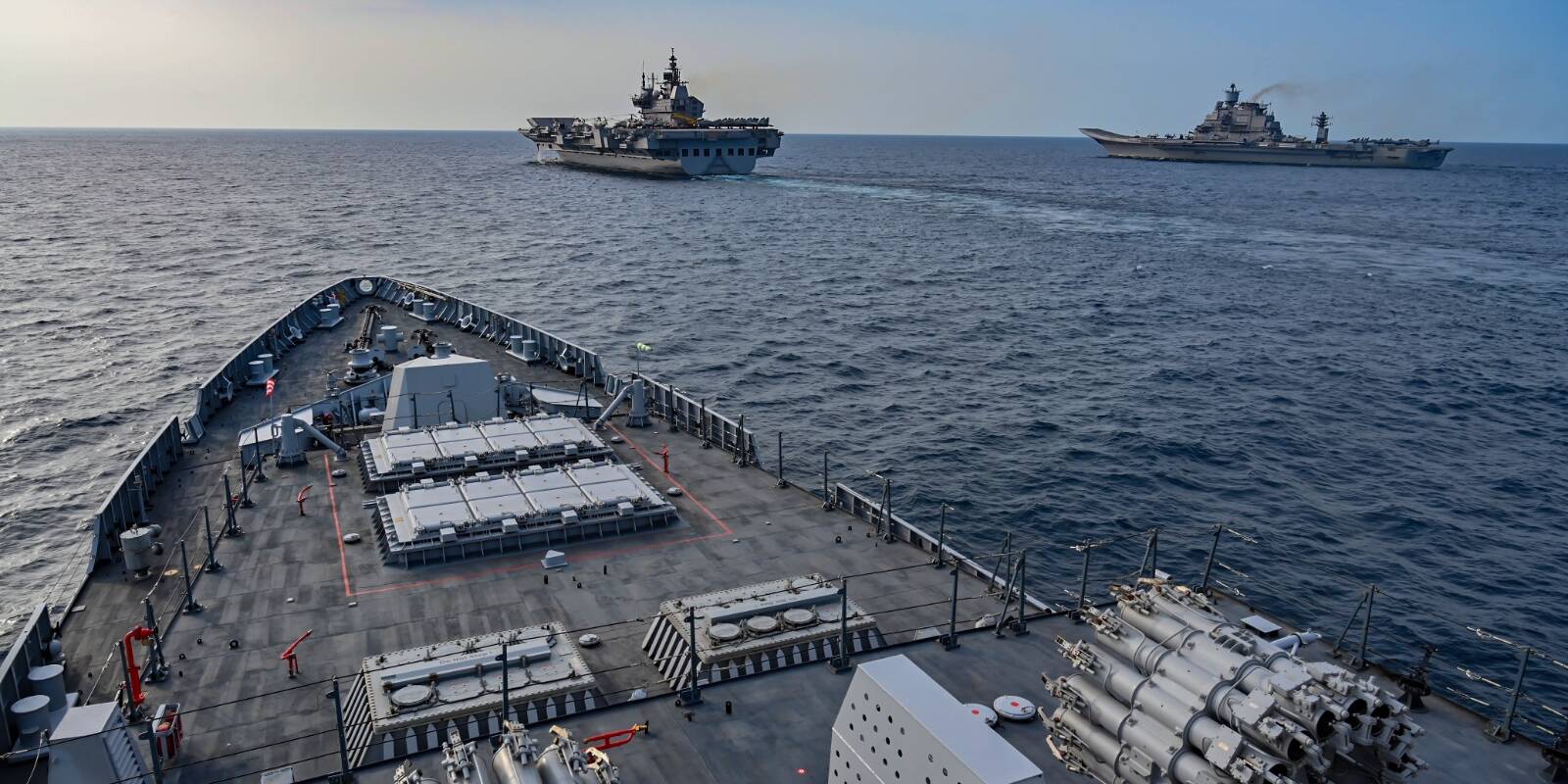Thomas Lim and Eric Ang, for The Diplomat
The Houthis’ activities in the Red Sea and the Chinese actions around Second Thomas Shoal have notable similarities in tactical conduct and adversarial responses.
Amid turbulent times at sea, gray-zone tactics have become a preferred tool for actors seeking to advance their interests without resorting to outright military conflict. Essentially, gray-zone tactics mean operating in the murky spectrum between peace and war. Such actions risk eroding the freedom of navigation, a central concept undergirding global economic stability.
Two recent cases – the Houthis’ activities in the Red Sea, and the Chinese actions around Second Thomas Shoal in the South China Sea – display remarkable similarities when it comes to the operationalization of gray-zone tactics, despite being cut from entirely different contextual cloths.
A deep-dive analysis of the two cases reveals notable similarities in tactical conduct and adversarial responses, with three critical lessons distilled for the international community to navigate future iterations of such gray-zone tactics out at sea.
The remainder of the article can be read here at The Diplomat
Thomas Lim
Thomas Lim is a senior analyst with the Military Studies Programme of the S. Rajaratnam School of International Studies, a policy-oriented think tank located in Singapore’s Nanyang Technological University.
Eric Ang
Eric Ang is a research fellow with the Yokosuka Council on Asia-Pacific Studies.
Feature image: via Wikimedia Commons
Related Analyses
February 13, 2024
Assessing Indonesia’s potential presidents’ South China Sea strategies
0 Comments7 Minutes
February 10, 2024
What Does China Think About India’s Increased Anti-Piracy Patrols Amid the Red Sea Crisis?
0 Comments2 Minutes


